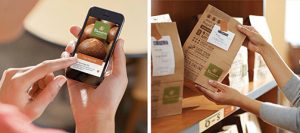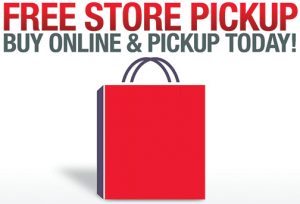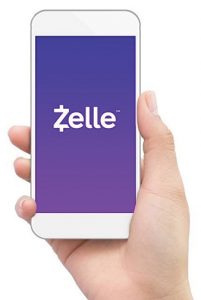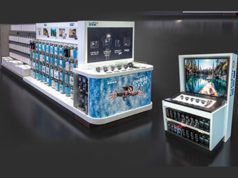
“This is a red flag in any relationship, and retailers are hearing it a lot lately in the form of customers leaving . . . for the mobile screen.” This observation is from Stephan Schambach’s new book, Makeover: How Mobile Flipped the Shopping Cart (And What to Do about It).
With ample statistics for the cynics, Schambach explains how customers adopted mobile shopping and research long before the average retailer. He makes a solid case that apps, not mobile websites, are the present and the future.
Panera gets 15% of its in-store orders over mobile, despite their policy to accept only takeout and catering orders by phone. If that’s what your customers expect, how do they feel when they approach you to do business?  Both Dan’s Camera City (Allentown, Pennsylvania) and Bedford Camera & Video (Arkansas, Oklahoma, Missouri) reported solid holiday sales through their Photo Finale mobile app. The double benefit of the app is that the vast majority picked up the orders, so the app actually drove additional traffic to the stores.
Both Dan’s Camera City (Allentown, Pennsylvania) and Bedford Camera & Video (Arkansas, Oklahoma, Missouri) reported solid holiday sales through their Photo Finale mobile app. The double benefit of the app is that the vast majority picked up the orders, so the app actually drove additional traffic to the stores.
Steve Giordano, Jr., Photo Finale’s president, observed that today’s customers aren’t showrooming like they did. “Today there is more web-rooming, where customers look online first before shopping, and they’re looking on their phones.”
Current imaging apps are designed only to upload images for printing. In every other industry, apps manage the customer relationship. They track loyalty programs, send offers to customers based on their buying patterns/needs, and handle payments, receipts and returns.
Some apps alert store management when high-spending customers enter the store. Or they send a message to the customer’s phone when she passes a product she looked at online. Giordano relayed what his grandfather told him: “Don’t be mad at the hammer because it isn’t a screwdriver.” Photo Finale isn’t commenting about a future customer relationship management (CRM) app. There’s a need for it. It’s what customers are experiencing at other retailers and will expect from you.
Have you ever had a customer ask you where to find something? Many of today’s consumers prefer to ask an app to guide them around the store. Consider adding this feature and sending messages to customers as they wander past key displays of high-margin products you want to move. It works for the big-box stores. Make it work for you.  Moreover, there are white lies, black lies and statistics. Some studies are showing three-fourths of consumers are using BOPIS (Buy Online, Pick-Up In-Store). This drives store traffic and allows the customer almost “instant” access to the goods, a strength of local retailers. Our execution of the pickup has to be immediate, flawless and frictionless.
Moreover, there are white lies, black lies and statistics. Some studies are showing three-fourths of consumers are using BOPIS (Buy Online, Pick-Up In-Store). This drives store traffic and allows the customer almost “instant” access to the goods, a strength of local retailers. Our execution of the pickup has to be immediate, flawless and frictionless.
Today, many retailer apps allow the customer’s order to be instantly delivered by Uber, Lyft or Postmates. Customers expect this today. Rather than shopping around, he lets the apps he has already downloaded handle his needs. Uber, Lyft and Postmates provide “instant access” to transportation by putting demand-and-supply together over the ubiquitous smartphone.
Autonomous (driverless) motor vehicles and delivery drones are now being tested. Manufacturers expect to have production units on the streets and in the skies before year-end. How will this new technology affect the “new normal” your customer is expecting from you?
Customers Embrace New Payment Technologies
Payments is another area where consumers are getting ahead of specialty retailers. Customers want frictionless interactions, including paying. While Visa and Mastercard are still dominant, other methods exist. Many use Apple Pay and Google Pay. An up-and-coming payment app, Zelle, allows users to send money instantly to anyone with a mobile phone and bank account.

Check with your card processor. Most of the EMV (chip) compliant card readers accept these. Moreover, Near Field Communication (NFC) cards are growing in popularity. PhotoWare’s David Harrar confirmed to me their software is ready to accept tap to pay. If you’re worried about credit card chargebacks, the NFC and Apple Pay secure services have had virtually no chargebacks.
What technologies and processes used today could you copy or emulate? It’s not the strong who eat the weak, it’s the fast who eat the slow. Adopting technology’s changing processes will help you move faster and more decisively toward your goals.





